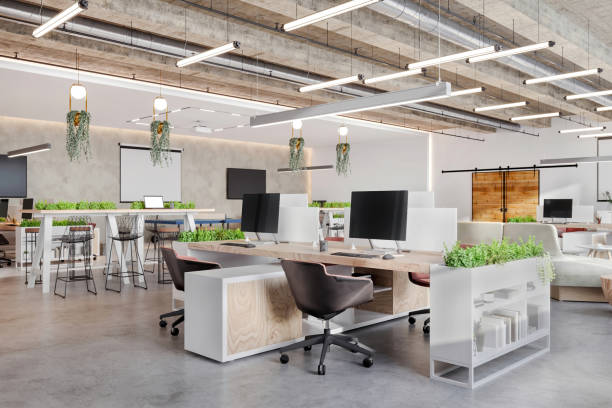Micro-routines to sustain concentration across the workday
Small, repeatable habits in a home workspace can preserve focus for hours. This article outlines micro-routines tied to layout, ergonomics, lighting, and simple organization strategies so you can maintain steady productivity without burnout. Practical tips cover physical setup, sensory control, short task rhythms, and cues that keep attention aligned across the day.

A steady sequence of small actions—micro-routines—can help maintain concentration across the workday by reducing decision fatigue and supporting consistent physical comfort. Rather than relying on long, infrequent resets, brief rituals like posture checks, five-minute stretches, timed breathing, and quick desk resets create predictable anchors that prime attention for the next task. These micro-habits pair well with intentional workspace adjustments in ergonomics, lighting, acoustics and layout to make focus less effortful and more sustainable over hours.
This article is for informational purposes only and should not be considered medical advice. Please consult a qualified healthcare professional for personalized guidance and treatment.
Ergonomics and comfort
Small, repeatable posture checks are a micro-routine that directly supports comfort and sustained focus. Every 30–45 minutes, perform a brief ergonomic check: adjust chair height, confirm feet are supported, raise or lower monitor to eye level, and soften your shoulders. Choosing furniture that supports neutral posture reduces strain and prevents the attention-draining discomfort that breaks concentration. Comfort-focused micro-routines reduce the need for long breaks while protecting wellness over the long term.
Lighting and ventilation
Routine lighting and air checks keep sensory systems calibrated. Start the day by opening blinds or switching to a neutral color temperature lamp for the morning, and dim or warm lights toward the afternoon to support circadian cues. Include a quick ventilation habit—briefly opening a window or running a fan—every couple of hours to refresh air and reduce drowsiness. Consistent lighting and ventilation micro-routines help the brain associate certain visual and air conditions with work, supporting steadier productivity.
Acoustics and soundproofing
Control of sound is a powerful micro-routine trigger for attention. Use a short pre-focus ritual—put on noise-cancelling headphones, start a white-noise app, or engage a soft soundproofing panel in front of a noisy source—to cue a block of deep work. Simple steps like closing a door, repositioning a fabric-backed chair, or temporarily moving noisy devices away from the desk reduce interruptions. These acoustics rituals, including basic soundproofing measures, minimize cognitive load from background noise.
Zoning, layout, and privacy
Designating specific spots for different activities helps the brain switch modes quickly. A concise zoning routine—stand, move to a defined desk area, and run a 10-second desktop tidy—marks the transition into focused work. Thoughtful layout that separates work from relaxation, and adding privacy screens or a defined backdrop, enhances the cueing effect of these micro-routines. Regularly resetting the immediate zone reinforces workflow boundaries and preserves mental separation between tasks.
Organization, storage, and cables
Micro-routines to manage organization and cables prevent small distractions from accumulating. Every hour or between tasks, take 30–60 seconds to close an unnecessary tab, put a document in storage, or tidy visible cables. Use simple storage solutions—small trays, vertical file holders, and labeled drawers—to keep surfaces clear. A nightly five-minute end-of-day routine that sorts paperwork, coils chargers, and parks loose cables primes the workspace for the next day and reduces friction when concentration is needed.
Connectivity, workflow, and routines
Sustained focus often depends on predictable technological and task rhythms. Implement a connectivity micro-routine: test connectivity at the hour mark, mute notifications during timed work blocks, and use a brief checklist to prioritize the next task before unmuting communications. Pair these with workflow micro-habits like a 10-minute planning sprint at the start of a work period and short review pauses between tasks. These small patterns help balance responsiveness with deep work.
Conclusion Micro-routines integrate physical setup with behavioral cues to make concentration easier and more reliable. Combining ergonomics, thoughtful lighting and ventilation, sound management, clear zoning, clutter-free organization, and dependable connectivity routines turns a home workspace into an environment that supports steady attention. Over time, consistent micro-habits reduce decision fatigue, protect comfort and wellness, and create predictable conditions for productive, sustainable work.





